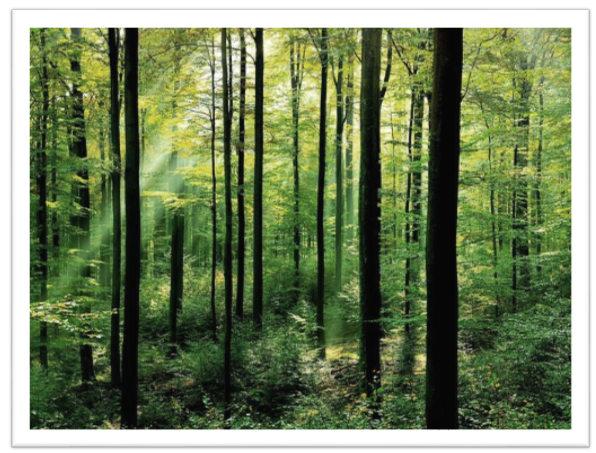But then I heard the words "culminating in your own TED Talk"...
First, there was a short period of denial:
Then, there was just hysterical crying (on the inside of course):
I had nightmares about the day when I would have to stand up on stage in the audion and talk about myself in front of other people, so I did what I usually did for presentations-- I procrastinated.
But I have to say that my "procrastination" was more along the lines of "I distracted myself with oil painting", so I worked my butt off on each painting, making each one as perfect as possible until my head exploded with annoyance (mainly annoyance with myself for procrastinating). Although putting off my TED talk until the last minute was not the smartest thing to do for a gifted project, it was through this intense process of procrastination that I was able to really do a lot more with oil painting than what I had initially expected to get out of this project.
What I mean is that I committed almost all of my energy to painting, so all those hours of painting (sometimes until 3 in the morning) allowed me to experiment with different styles and techniques, to develop my basic skills, and most importantly, to think about whatever I felt like thinking about. If you don't know already, I am an introvert and I am extremely slow at processing some things, so the extra time I spent on oil painting allowed me to organize and ponder about things. All that pondering ultimately helped me to come up with my oh-so-very-meaningful purpose for my TED Talk.
---
Now, to talk more about my actual presentation, I thought it was an average-Allison presentation. I perfected my script, created a pretty awesome powerpoint (if I do say so myself), and then I practiced and practiced and practiced during the days leading up to the presentation (actually more like during those 48 hours before the presentation, but I did have a legitimate reason, I was at Deutschfest... well no that's actually just what I say to myself to make me feel better...).
As usual, my nerves took over and I didn't trust myself to be able to present without my notecards, so I used them for the entire presentation, which is something that I need to work on for future presentations (this was some feedback that I got after my TED talk). Someone also commented that they thought my purpose was really nice because it was different (Thanks!).
What did I think of my TED talk?
Well, I would agree that my lesson was unique, as it was mainly about what true art is and why this is important in our world today. Like I said already, I really liked my powerpoint :D. The only criticism I would have for myself is still that my public speaking skills need work. I need to rely less on my notecards, enunciate and emphasize for more clarity, and move around on stage in a more natural way. Thinking back to when I was standing on stage, I think I stood in the back corner of the stage, moved my foot around awkwardly/unconsciously, and the rest of my body was almost "stiff", which made my voice sound nervous as well.
Overall, I am happy with the way this project ended for me. The day that I presented was the most stressful day of school I had ever had because of several reasons:
- I had to get to the audion on time with all four of my paintings, some of which still had not dried and I wasn't sure how I was going to transport them by myself and still get to class on time.
- I got blue paint on my WHITE shirt!!! (I'm not sure that it is coming off...)
- I forgot my flashdrive (with my powerpoint) at home.
- Let me say this again, I forgot the flashdrive, which had my powerpoint, at HOME.
Now that it's over, I can breathe (and sleep) again. I know now that I need to have backups saved online or directly onto my computer, so that I will never have to stress about such horrifying situations again. I think I'm going to continue painting, maybe not at the same rate that I was painting at for this project, but maybe a little bit here and there because it really does let me take a break and think.
I'm excited to see the remaining TED Talks for tomorrow and good luck!
---
Perhaps, to help with the stress, here are some Lemon Crumb Muffins.
---
Commented on:
P.S.
If you didn't get a chance to see my last painting, here it is: (I created it from a combination of two pictures, so it's not entirely original, but it is... kind of....)
.JPG)


















